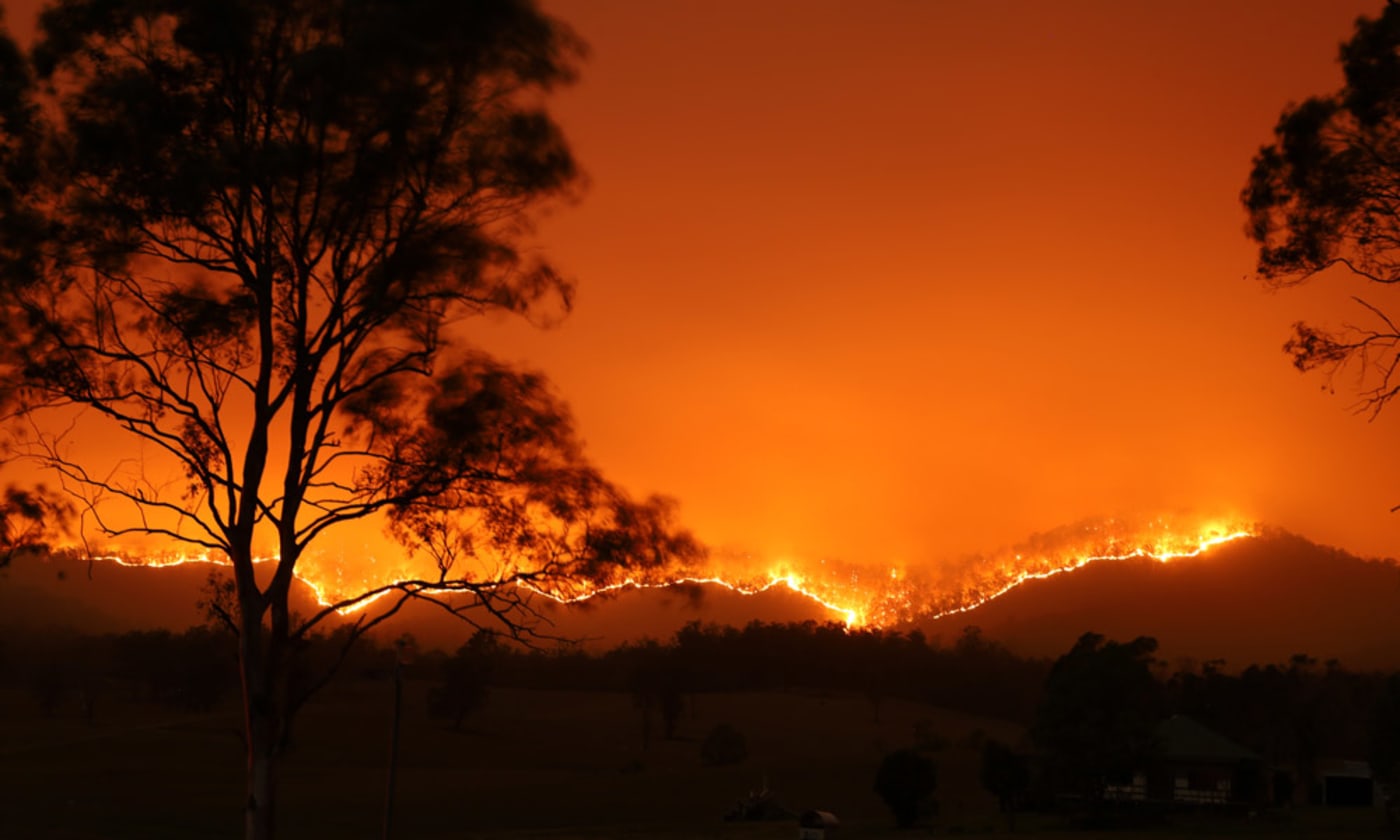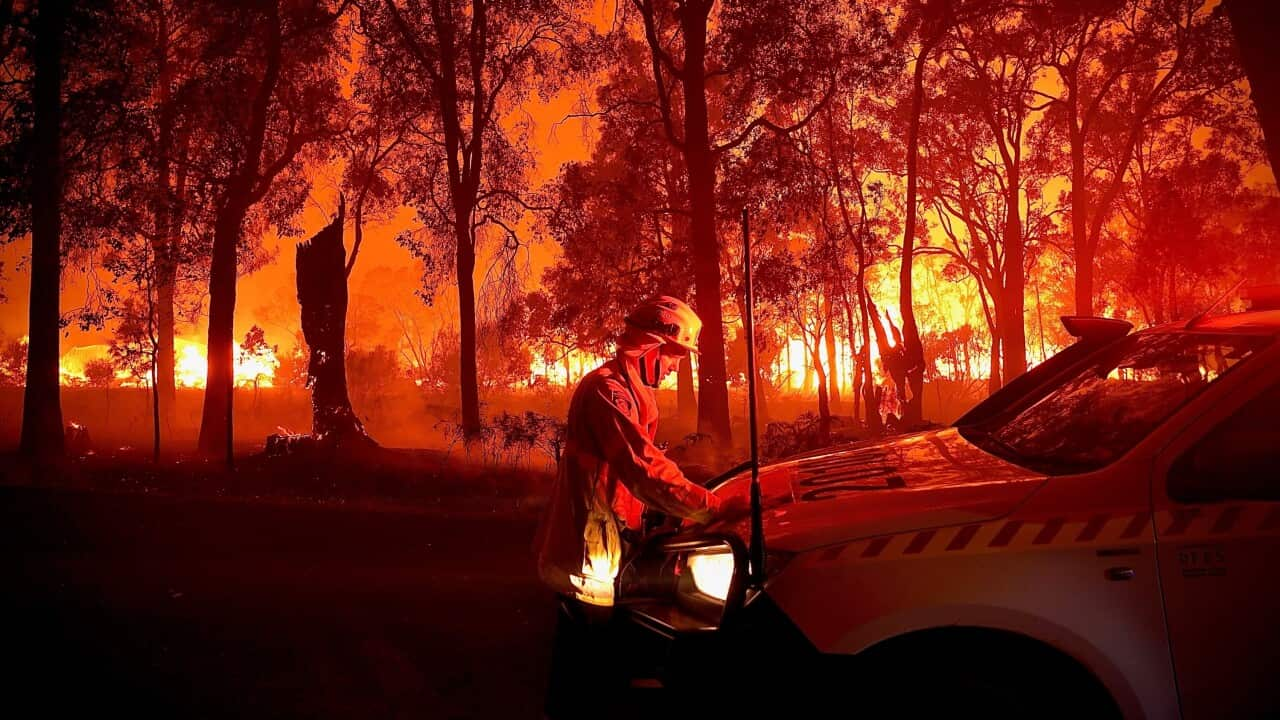Browsing Building Safety: Comprehending the Relevance of a BAL Report
Browsing Building Safety: Comprehending the Relevance of a BAL Report
Blog Article
Value of BAL Report in Ensuring Bush Fire Protection
In the realm of bushfire defense, the significance of a Bushfire Assault Level (BAL) report can not be overstated. This crucial paper acts as a fundamental tool in examining the prospective risk a property might deal with during a bushfire and plays a critical function in identifying the required protective actions to safeguard lives and homes (BAL Report). Nonetheless, real worth of a BAL report expands past a simple assessment; it works as an assisting light for homeowner and authorities alike, using insights right into enhancing property strength and making certain efficient fire protection.
Understanding Bushfire Assault Levels
The comprehension of Bushfire Strike Degrees is vital for analyzing the potential danger and influence of bushfires on a residential property. Bushfire Attack Levels (BAL) are a way of gauging the seriousness of a structure's potential exposure to ember attack, induction heat, and straight fire contact in a bushfire. Comprehending the various BAL groups is vital for homeowner, designers, and building contractors in designing and building structures that are much more durable to bushfires.
By understanding these degrees, property proprietors can make educated decisions concerning bushfire protection actions, such as mounting ash guards, using fireproof building products, and keeping clear defensible area around the residential property (BAL Report). In general, an extensive understanding of Bushfire Strike Degrees is important for reliable bushfire planning and defense.
Examining Residential Property Risk Degrees
After understanding the ramifications of Bushfire Assault Degrees, the next critical step is reviewing the danger degrees connected with private buildings. Evaluating residential or commercial property risk levels entails an extensive examination of various variables that can influence the sensitivity of a building to bushfires. These aspects consist of the closeness of the residential property to bushland or vegetation, the type and condition of bordering greenery, the incline and element of the land, prevailing weather, and the visibility of flammable materials near the building.
Building threat evaluations are crucial in figuring out the degree of bushfire defense measures that need to be executed to secure the property and its residents. By properly assessing the threat levels, building owners can make informed decisions relating to bushfire avoidance techniques, such as vegetation management, building design adjustments, and the installation of fireproof products. Furthermore, home danger assessments play an important role in the growth of emergency action strategies and discharge treatments in the event of a bushfire.
Carrying Out Safety Actions
Upon completing property threat assessments, the next important phase involves the application of protective actions to boost bushfire security. Executing protective measures is important for securing homes and making certain the security of individuals throughout bushfire occasions. These measures can consist of mounting ember guards on doors and home windows, utilizing fireproof building products for building, producing and maintaining a clear defensible space around the building, and having a ample and available water source for firefighting functions. Additionally, it is vital to establish and practice an in-depth bushfire emergency plan with all locals to ensure swift and collaborated activities in situation of a bushfire danger.
Regular maintenance of protective measures is just as vital to guarantee their efficiency during a bushfire. This consists of on a regular basis evaluating and fixing ember guards, conducting vegetation management to minimize fuel tons, and screening firefighting devices such as pumps and pipes. By diligently implementing and maintaining these protective measures, homeowner can substantially boost their strength to bushfires and lessen possible damages and loss.

Enhancing Building Strength
Enhancing home durability against bushfires hinges on the aggressive application and maintenance of protective measures aimed at fortifying defenses and minimizing potential risks. Residential property proprietors can improve resilience by creating and keeping defensible spaces around their properties.
Education and readiness also play a critical role in boosting building resilience. Building owners need to exercise a bushfire and develop emergency situation plan, conduct normal fire drills, and guarantee all residents recognize just how to react in situation of a bushfire. Staying educated about fire risk rankings, weather, and emptying courses is essential for making timely choices to secure life and residential property. By taking aggressive procedures, homeowner can dramatically boost the strength of their residential or commercial properties against the risk of bushfires.

Ensuring Efficient Fire Defense
Applying durable fire defense procedures is important for guarding buildings against the damaging impact of bushfires. Ensuring efficient fire security entails a combination of aggressive strategies and adherence to relevant regulations. One essential aspect of reliable fire defense is the execution of suitable landscape design techniques. This includes maintaining a defensible space around the home by clearing flammable vegetation and developing firebreaks. Additionally, installing fire-resistant materials on the residential or commercial property, such as fireproof roofing and ember-proof displays on windows, can significantly decrease the danger of fire damage.
Additionally, having an emergency action plan in position is critical for guaranteeing reliable fire protection. This plan should describe discharge treatments, communication methods, and designated conference factors for locals. Normal click to read training and drills ought to likewise be performed to guarantee that all locals are prepared to respond swiftly and securely in the event of a bushfire.
Conclusion
To conclude, the BAL record plays an essential function in making sure reliable bushfire defense by examining property danger degrees, implementing safety procedures, and enhancing residential or commercial property resilience. Recognizing Bushfire Assault Degrees is necessary in establishing the degree of danger a building faces throughout a bushfire. By following the recommendations laid out in the BAL report, homeowner can much better get ready for bushfires and find more info lessen potential damages. Inevitably, the BAL report is a useful device in protecting residential or commercial properties versus bushfire dangers.
By comprehending these degrees, residential or commercial property owners can make enlightened choices regarding bushfire defense procedures, such as installing ash guards, using fire-resistant building materials, and maintaining clear defensible room around the residential or commercial property. Analyzing building danger levels includes a comprehensive assessment of different elements that can influence the susceptibility of a residential or commercial property to bushfires.Home threat analyses are essential in establishing the level of bushfire defense procedures that require to be carried out to guard the home and its occupants. By taking aggressive procedures, property proprietors can substantially boost the durability of their properties against the Your Domain Name threat of bushfires.
In verdict, the BAL report plays an essential duty in making certain efficient bushfire protection by analyzing home danger degrees, executing safety procedures, and enhancing building resilience. (BAL Report)
Report this page